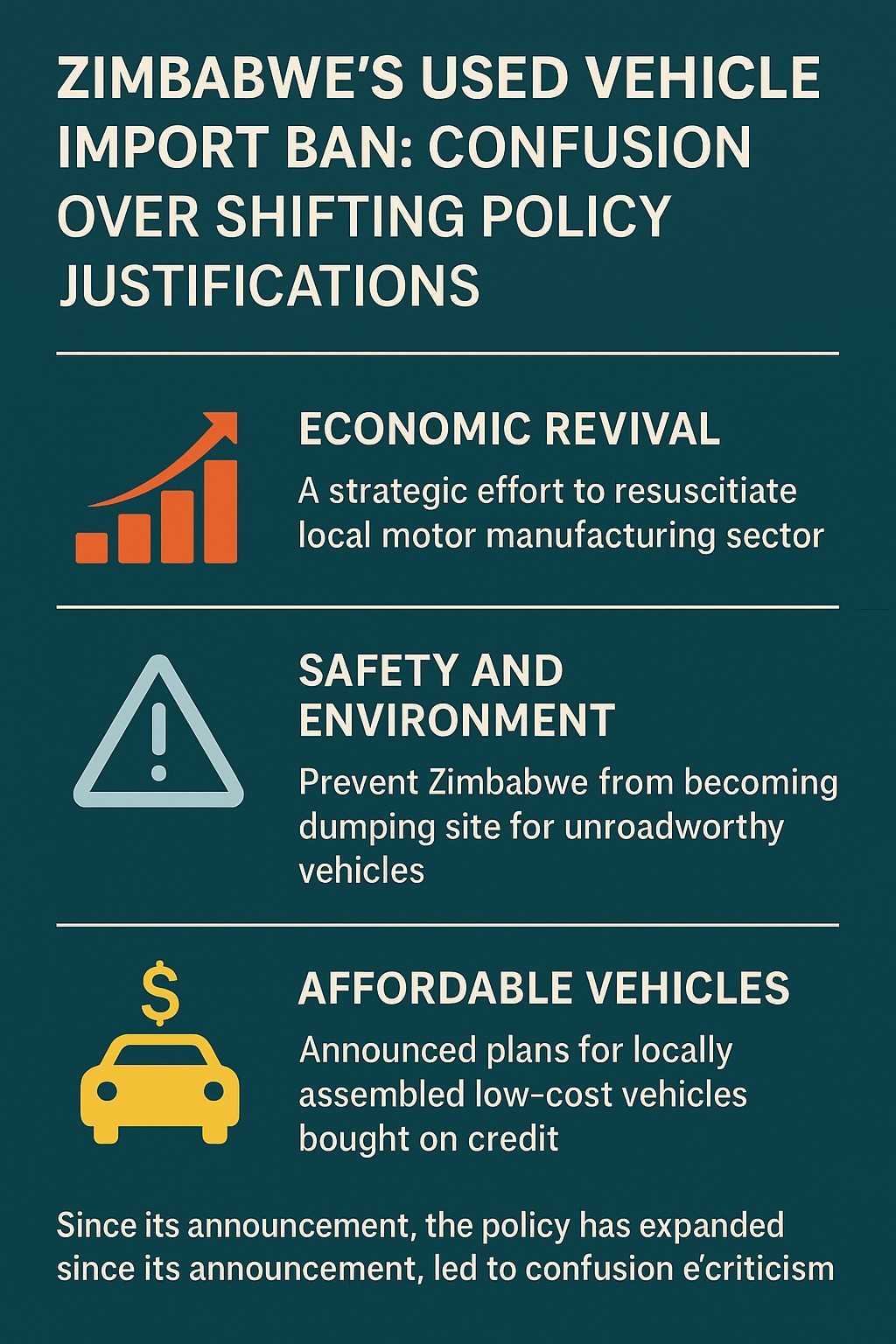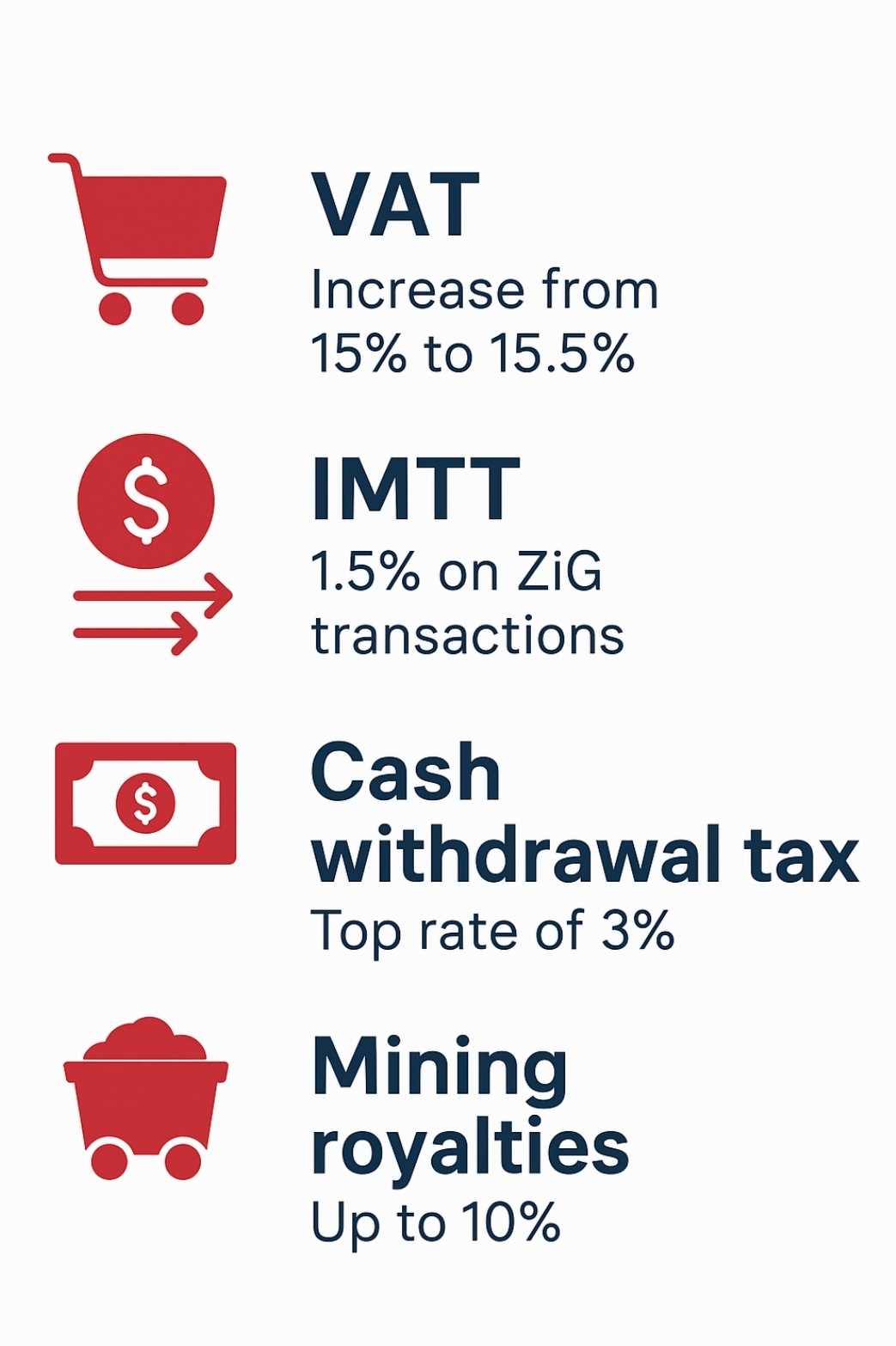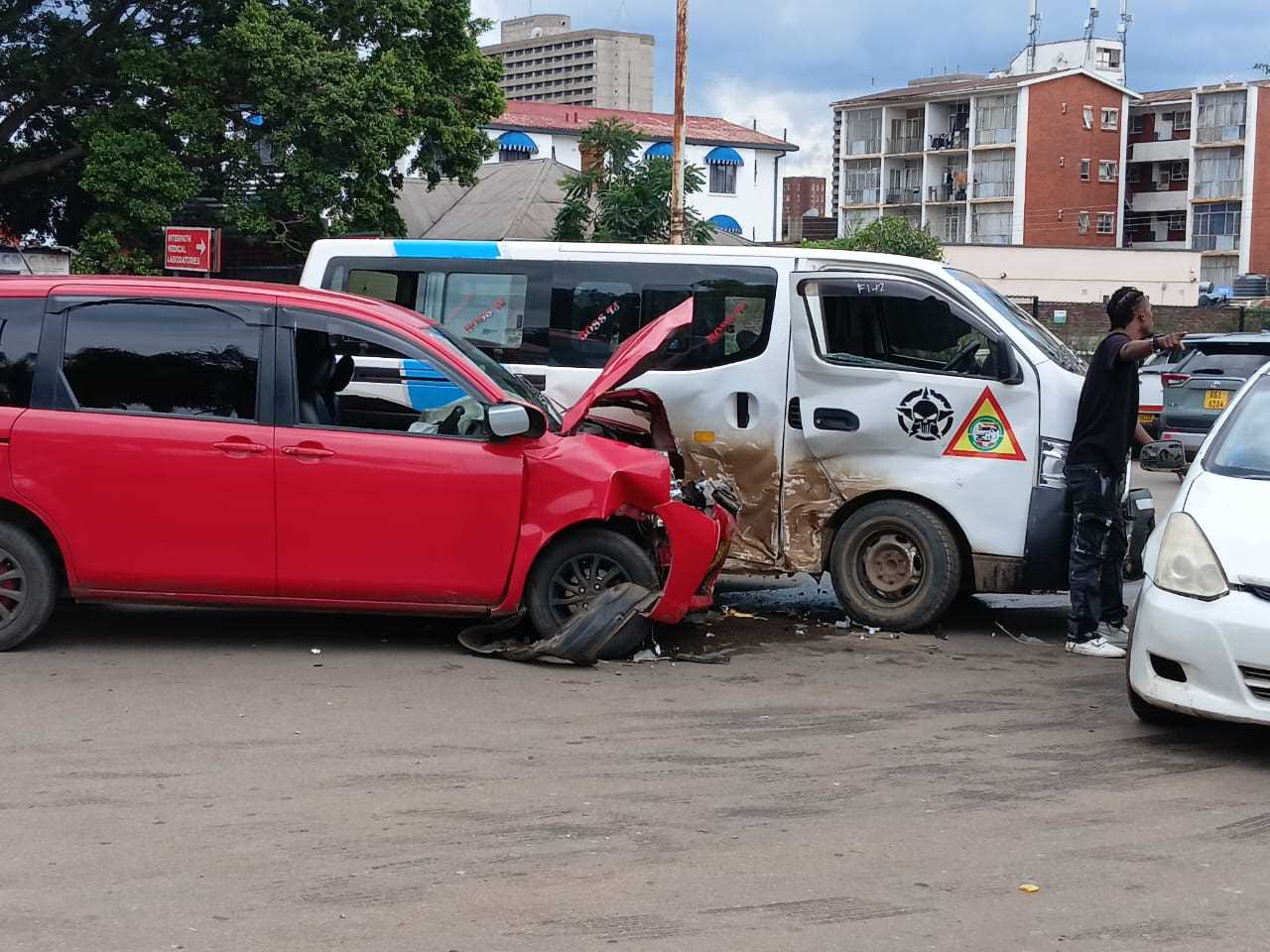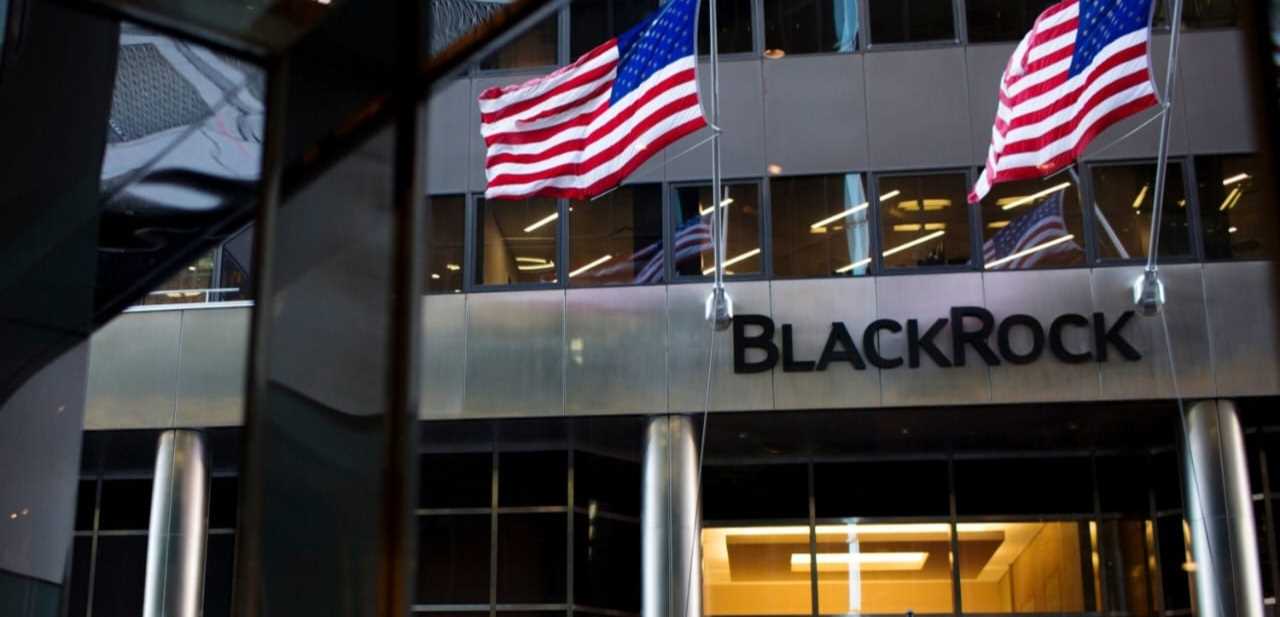
Oscar J Jeke- Zim Now Reporter
A storm of confusion and criticism is brewing over the Zimbabwean government's recent prohibition on the importation of second-hand vehicles older than a decade.
What began as a seemingly straightforward initiative to resuscitate the nation's struggling motor manufacturing sector has morphed into a multi-faceted policy with justifications ranging from road safety to environmental concerns and, most recently, the promise of locally assembled, affordable vehicles financed through credit.
This evolving narrative, enshrined in Statutory Instrument 54 of 2024, has left citizens and lawmakers alike grappling with uncertainty and questioning the true motives behind the abrupt change.
When Industry and Commerce Minister Nqobizitha Mangaliso Ndlovu first presented the ban to Parliament, his focus was squarely on economic revival. Painting a picture of a once-vibrant automotive industry brought to its knees by a flood of cheaper imports, he argued that the ban was a necessary intervention.
"The automotive industry is the cornerstone of Zimbabwe’s manufacturing sector," Minister Ndlovu asserted, highlighting the drastic decline of local giants like Willowvale, which once boasted over 2,000 employees but now operates with a skeleton crew. The closure of allied industries such as Dunlop and Auto Glass further underscored the disintegration of a sector that once provided livelihoods for over 70,000 Zimbabweans.
However, this initial rationale met with immediate resistance. Parliamentarians voiced the concerns of the majority of Zimbabweans for whom imported second-hand vehicles represent the only affordable means of transportation. The timing of the ban, with no immediate local alternatives in place, drew particular criticism.
Faced with this backlash, Minister Ndlovu swiftly pivoted, introducing new justifications for the policy. The narrative shifted to encompass road safety and environmental protection. "We have inadvertently become a dumping site," he declared, pointing to the increasing number of dilapidated, unusable vehicles littering the country – a consequence, he argued, of unrestricted imports.
Related Stories
Yet, this change in reasoning did little to quell the growing unease. Legislator Allan Bonda astutely highlighted the inherent contradiction: "We do not have any vehicle production in Zimbabwe at the moment." Echoing President Mnangagwa's pledge that "no one shall be left behind," Bonda pressed the Minister on the government's plans for the vast majority of Zimbabweans unable to afford brand new vehicles.
Under mounting pressure, Minister Ndlovu unveiled a third rationale, promising a light at the end of the tunnel in the form of a soon-to-be-established local vehicle assembly line. This ambitious plan, he explained, would yield low-cost cars priced between USD 10,000 and USD 18,000, facilitated by credit arrangements with financial institutions.
"In the short term, we will have a local assembly of private cars, with finance institutions on board to allow payment terms," Minister Ndlovu stated, positioning this as a superior alternative to the "raw deal" offered by used imports.
This latest justification, however, has only deepened the public's confusion and skepticism. Critics are asking the fundamental question: if local assembly and financing are still in the pipeline, why implement the import ban now, effectively leaving a transportation void for many?
If safety and emissions are the primary concerns, why not implement rigorous inspection standards for imported vehicles instead of a blanket age restriction? Furthermore, in a country with a constrained credit market, the feasibility of widespread vehicle financing remains a significant point of contention.
While each of the government's stated objectives – industrial revitalization, road safety, environmental protection, and affordable mobility – holds merit individually, the sequence of events, the timing of the ban, and the shifting justifications have eroded public trust and raised serious questions about the government's preparedness and underlying priorities.
At its heart, this policy appears to be a case of ambition outpacing infrastructure. The vision of affordable, locally assembled vehicles financed through accessible credit could indeed be transformative for Zimbabwe's automobile market – if and when it materializes.
Until then, the ban on older second-hand vehicle imports stands as a stark illustration of policy inconsistency, its evolving rationale only serving to amplify public skepticism and fuel economic uncertainty for countless Zimbabweans who rely on these vehicles for their daily lives and livelihoods.
The road ahead for Zimbabwe's transportation sector remains bumpy, paved with unanswered questions and a growing sense of unease.




















Leave Comments